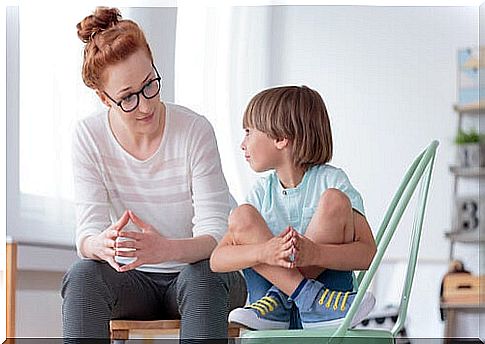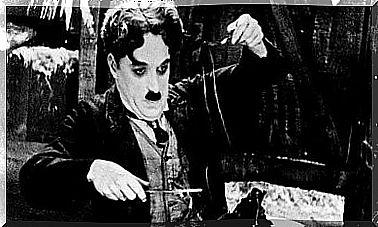Raising Reflective Children, Between Communication And Family

Raising reflective children today is a path of challenges, efforts, conquests and satisfactions. Many parents, educators and other professionals agree on the importance of encouraging the child to consider different aspects of situations and of himself, before speaking and acting. But, what role do the characteristics of communication play in the family so that you can be more reflective?
Loving, listening, speaking and feeling, basic ingredients of solid bonds and healthy communication in the family. All of them, accompanied with generous amounts of presence and patience, and even better if served with a good distinction between connection and communication.
With the rise of social networks and technological advances, the words communication and connection are often used as synonyms, however being connected does not necessarily mean being communicated.
Communication when raising thoughtful children goes beyond telling on social networks or mobile phones what is being done all the time. Technology can accompany as far as possible, but communication is sustained by looking, listening, dialogue and the register of emotions.
What do these components refer to?
Gaze: physically sustained in sight, implies registering through this sense, the characteristics of people and situations in our environment, assessing their presence, details and transformations. A thoughtful child needs this type of look, accompanied by time and the will to be there for him.
Listen: All things considered, the same can be said about listening. It also denotes a lot of intention, you have to want to listen to be able to do it. A receptive listener values what the other says, without interrupting his speech or rushing to judge, noticing his tone of voice, asking him to repeat what he said if he did not understand, and like the rest of the components requires time and presence .
Dialogue: sustained in speech and in constant interaction with the gaze, listening and emotions, it involves words with content and the intention to say and ask what is felt and needed. A quality dialogue is supported by the necessary words and warm listening, which allow us to reach the other.
Emotional register: when listening is more than hearing, when looking is more than seeing and dialogue is more than speaking words, communication involves deeper feelings and strengthens bonds. This record allows us to know what happens internally in front of another member of the family in certain situations, what are the own actions and those of others so that this happens.
The reflective child has more tools to respond better to the environment, others and himself. Putting into practice a circle of true communication allows you to better understand your own and other people’s actions and emotions, the consequences of your actions, and learn with the example of other family members, especially parents. For this it is also necessary to maintain humor, expectations according to age and stimulate it. We must recognize ourselves in our capacity for action and decision, when raising thoughtful children.









